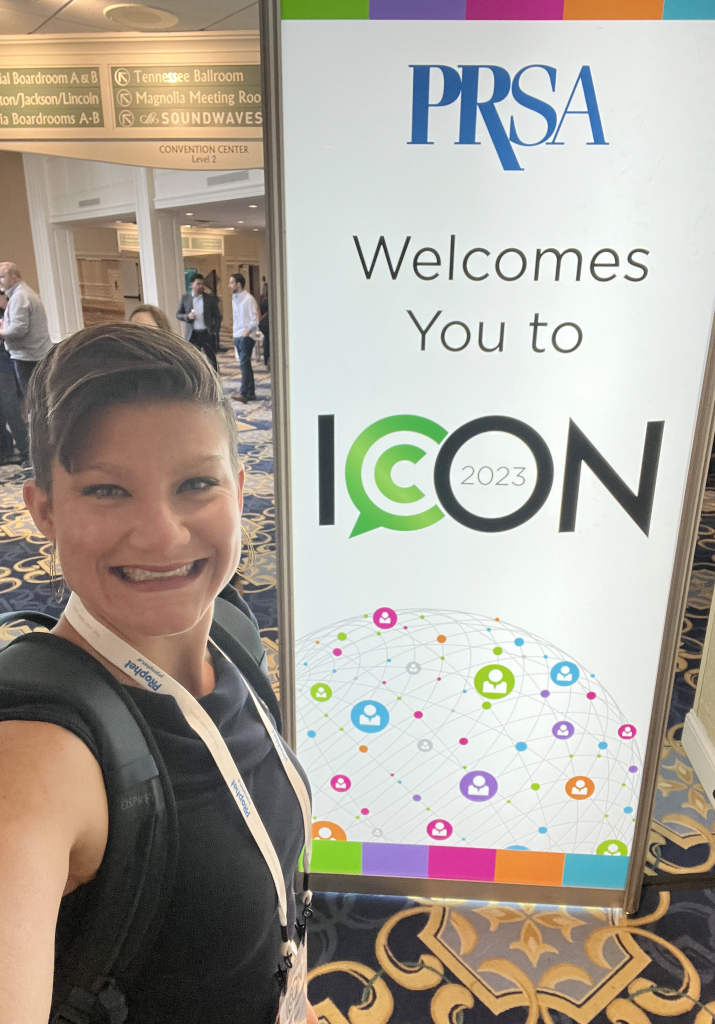Social media has dramatically increased communications timelines for public relations practitioners in virtually every industry. Think of amusement parks. Before Snapchat, Instagram, Twitter, and Facebook came to fruition, amusement parks never had much outside pressure when a ride would break down and leave riders stranded at the top of a hill. Fast-forward to 2020, every person in the park has their phone out taking pictures and Facebook Live videos of the people stuck on the ride, and the communications team has multiple news stations calling about it. The combination of social media and smartphones has changed the way we communicate.
During a crisis, the need for a rapid and accurate response is vital. Because of social media and how quickly content and news can spread, quick turnaround times can lead to mistakes, misunderstandings, or, even worse, having your message misconstrued.
Here are a few strategies to ensure your rapid communication is both practical and efficient.
Identify the communications team and define roles
The most significant and crucial step is to identify your communications team and define roles. Establishing a central unit can often help block out the noise, keep the team focused, and centralize the message for instance. After selecting your team, you first need to decide who will be the message originator. Who is responsible for the message content and crafting the message?
Other vital roles include:
- Social media comment moderation
- Publishing news to the website
- Email and text message communications
- Phone tree activation and monitoring phone lines
- Pushing out the app notifications to parents
- Media spokesperson
Be Over Prepared
Once you have your team identified and roles defined, set up a recurring meeting time (and keep it). Having a set meeting time will allow you to communicate and anticipate consistently as a group and think through possible scenarios. Discussions should lead to the development of preventative measures, which helps you avoid the need for a rapid response plan of action.
Develop a plan (and yes, practice it)
The rapid response plan should be tailored to your school and your school’s needs. The plan needs to be specific to your actions and your voice, what you will do, and what you will say. Map it out. Create drafts and templates for possible situations identified in the preparation stage. The plan and being over-prepared will ensure an efficient execution when needed.
No good plan goes untested. Simulate a rapid response situation and mock the execution. Then, evaluate how your team did and button up any gaps and opportunities.
Monitor the Reaction
No rapid response plan ends after hitting send, post, or speaking at a press conference. Make sure your team continues to monitor all channels. On social media, answer questions and respond when appropriate. Responding to comments and being engaged ensures you stay in control of your message.
Review your process and execution
After the dust has settled, review your process and team’s execution. Your team must take an honest approach to evaluate the effectiveness of your plan’s implementation. What went wrong? What was executed at a high level? Both questions should lead your team to the final question: what can we do better in the next rapid response situation?




